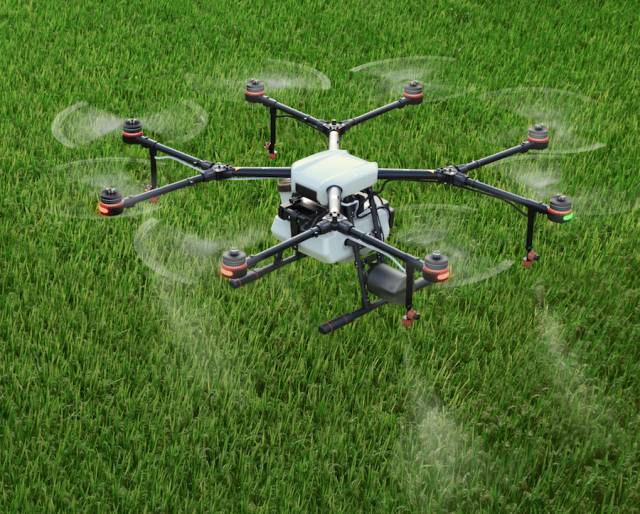Cómo evaluar la salud de la batería de su dron agrícola
10/13/2025

Para profesionales agrícolas que confían en la tecnología de drones, Mantener el estado de la batería no se trata solo de rendimiento: se trata de proteger su inversión y garantizar el éxito operativo.. Una batería en buen estado ofrece una cobertura de pulverización constante, evita paradas en mitad del campo, y maximiza la eficiencia química. Aquí le mostramos cómo evaluar el estado de la batería de su dron agrícola mediante prácticas, métodos probados en el campo.
La inspección visual es lo primero
Comienza con lo que puedes ver y sentir.. Examine las baterías para:
-
Hinchazón: Cualquier abultamiento o deformación indica daño celular interno.
-
Corrosión: Revise los conectores para detectar oxidación o decoloración que interrumpa el flujo de energía.
-
Integridad de la carcasa: Busque grietas o daños en el sello que puedan provocar cortocircuitos.
-
Peso & Sonido: Comparar el peso con unidades nuevas; Escuche sonidos líquidos que sugieran fugas.
Supervise estos parámetros eléctricos clave
-
Equilibrio de voltaje: Mida los voltajes de las celdas individuales cuando esté completamente cargada. Las diferencias que superan la señal de 0,05 V generan desequilibrios
-
Resistencia interna: Utilice un probador dedicado o controle las temperaturas de carga. Las lecturas de resistencia superiores a 30 mΩ después de un uso significativo indican envejecimiento
-
Capacidad real: Calcule la capacidad real cronometrando las operaciones estándar desde la carga completa hasta la advertencia de bajo consumo de energía. Comparar con las especificaciones originales
Aproveche los datos integrados & Alertas
Los sistemas modernos rastrean métricas cruciales:
-
Recuentos de ciclos: La mayoría de las baterías agrícolas mantienen un rendimiento óptimo a través de 200-300 ciclos completos
-
Patrones de voltaje: Esté atento a caídas repentinas de voltaje durante la operación, un indicador clave de la degradación celular
-
Advertencias del sistema: Recibe alertas repetidas sobre la temperatura., Voltaje, o calificaciones de salud en serio
Realizar pruebas de rendimiento periódicas
-
Duración del vuelo: Compare los tiempos de desplazamiento actuales con las especificaciones originales en condiciones controladas
-
Respuesta de potencia: Tenga en cuenta si su dron requiere posiciones de aceleración más altas para mantener la altitud con cargas estándar
-
Comportamiento de carga: Supervise tiempos de carga prolongados o generación excesiva de calor
Opciones de evaluación profesional
En caso de duda, utilizar:
-
Herramientas de diagnóstico: Cargadores de equilibrio y administradores de baterías que generan informes detallados de rendimiento.
-
Pruebas del fabricante: Unidades de retorno para evaluación profesional y análisis certificado.
Prácticas de mantenimiento que prolongan la vida útil
-
Evite la descarga completa; recargar al llegar 20% capacidad
-
Mantenga temperaturas entre 5 y 40 °C durante la carga y el funcionamiento.
-
Realizar carga de saldo mensual para corregir las variaciones de celda
-
Tienda en 40-60% nivel de carga, refrescante cada tres meses
Tomar decisiones de reemplazo
-
Arriba 80% salud: Continuar con el seguimiento regular
-
70-80% rango: Aumente la frecuencia de inspección y planifique el reemplazo
-
Debajo 70%: Reemplace inmediatamente para garantizar la seguridad operativa.
Al implementar estas prácticas de evaluación, Los operadores agrícolas pueden tomar decisiones informadas sobre el mantenimiento y reemplazo de las baterías., asegurando un rendimiento confiable durante las temporadas de crecimiento críticas.






 Catalina
Catalina
 Gerente de ventas
Gerente de ventas